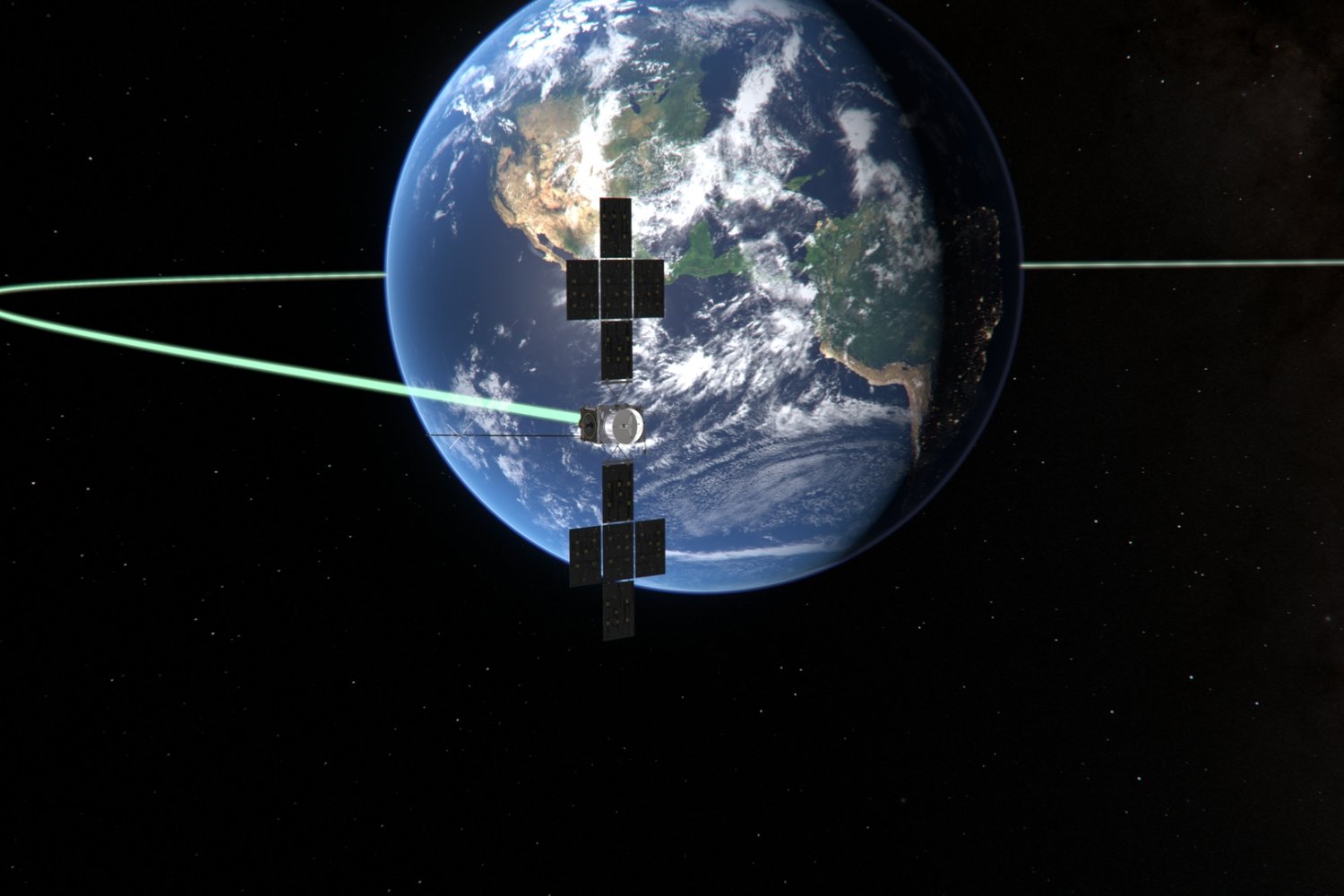The European Space Agency says it is closely watching and adjusting the Jupiter Icy Moons Explorer (JUICE) as it attempts to whip the spacecraft around the moon and the Earth as part of a multipart journey towards the largest planet in our solar system.
JUICE will perform the risky maneuver between August 19 and 20; the craft will be closest to the Earth at around 12:00 a.m. ET (UTC +02:00) on August 20.
The ESA said in a statement that the craft’s intended acrobatics — a lunar-Earth flyby and a double gravity assist maneuver — will amount to a “double world first.” The gravity assist will alter the research vehicle’s speed and direction, but getting it right will be tricky, the agency explained. Even the tiniest error “could take JUICE off course and spell the end of the mission,” the ESA wrote.
JUICE kicked off its trip with a launch in April 2023 and a trajectory adjustment seven months later. As it navigates past Earth and performs tests of onboard instruments, the craft will harness the planet’s gravity to slow down and “bend” towards Venus, looping around the planet in August 2025 before heading back towards Earth. (The slowdown is necessary in order to limit the amount of fuel needed to ease JUICE into orbit around other planets).
Then, the craft will perform two more loops around Earth (one in September 2026 and another January 2029) in order to reach the correct path and speed to enter Jupiter’s orbit in 2031. From there, JUICE will observe the fifth planet from the sun and its icy moons.
Ignacio Tanco, JUICE’s spacecraft operations manager, said the lunar-Earth flyby will be like “passing through a very narrow corridor, very, very quickly: pushing the accelerator to the maximum when the margin at the side of the road is just millimetres.”
Only the most fortunate JUICE heads will be able to spot the craft using a telescope or high-powered binoculars, the ESA said, when it flies “directly over Southeast Asia and the Pacific Ocean.” The agency shared the craft’s trajectory data here. An easier way to follow along, however, will be to monitor the ESA’s blog or X (formerly Twitter) account, which is where the agency plans to post photos taken by JUICE’s two monitoring cameras during the flyby on Monday night and early Tuesday morning.
Venus and Jupiter aren’t the only planets under watch by the ESA’s spacecraft. The agency’s Mars Express Orbiter recently returned stunning images of the red planet’s “snaking scar.” As for the ESA’s U.S. counterpart, NASA is looking for private-sector help to get its abandoned rover to the moon. NASA has also sought help from private space companies as it plots the destruction of the one-million-pound International Space Station, after it retires the station at the end of 2030.











Leave a Reply